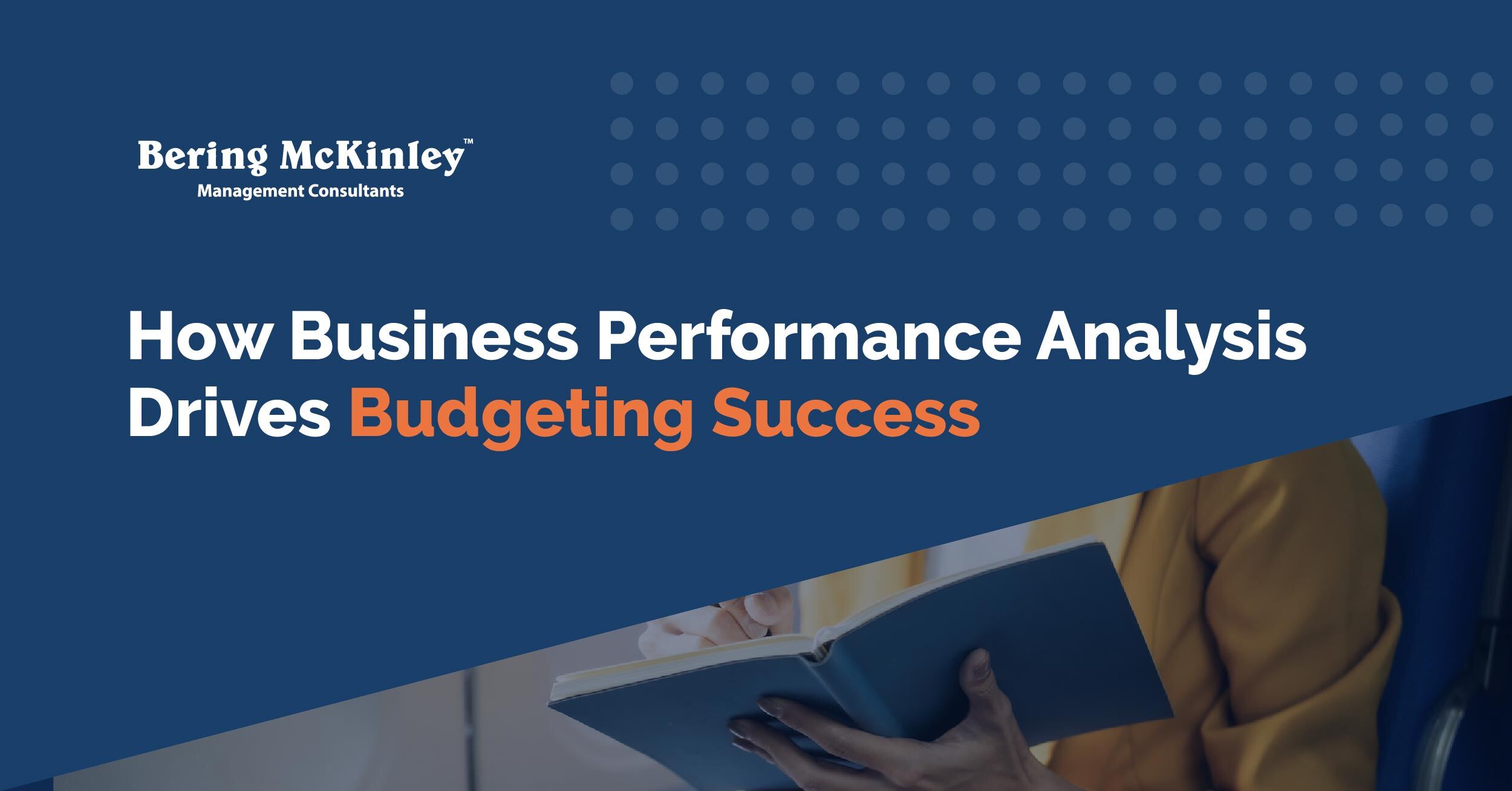Implementing a Business Performance Improvement Plan: From Strategy to Action
Success in the managed service provider (MSP) industry relies on more than just delivering exceptional IT solutions. It demands relentless focus on...
3 min read
 Josh Peterson
:
May 7, 2025 11:00:00 AM
Josh Peterson
:
May 7, 2025 11:00:00 AM

When it comes to running a successful business, one thing is indisputable: you can’t improve what you don’t measure. Basic metrics like revenue, profit, and customer count might give you a quick pulse check, but they don’t paint the full picture. To gain a deeper understanding of your company’s health and identify areas for growth, you need to go beyond the basics.
This is where advanced techniques and tools for measuring business performance come into play. By leveraging meaningful metrics, modern data analysis techniques, and emerging technologies, businesses can uncover hidden patterns, predict future trends, and ultimately gain a competitive advantage.
If you’re a business owner, manager, or an MSP executive looking to refine your performance measurement game, this blog will equip you with advanced strategies to make informed decisions that drive sustained growth.
KPIs are one of the most effective ways to measure performance, but sticking to the basics only takes you so far. Here’s a closer look at advanced KPIs that deliver deeper insights:
CLTV measures the total revenue a business can expect from a single customer throughout their relationship. This metric helps you:
By understanding CLTV, you can shift your focus from short-term gains to long-term loyalty.
NPS is a powerful metric that directly measures customer satisfaction and loyalty. Based on one simple question, “How likely are you to recommend our business to a friend or colleague?” NPS categorizes customers into promoters, passives, or detractors. Tracking NPS can:
Happy employees = happy customers. ESI gauges how satisfied and engaged your workforce is. Regularly tracking ESI not only boosts productivity but also reduces turnover, which significantly impacts your bottom line.
This KPI takes a closer look at operational efficiency by evaluating how much revenue each employee contributes. It’s particularly useful for identifying ways to increase productivity without raising costs unnecessarily.
By going beyond revenue and profit and digging into these advanced KPIs, you’ll gain a richer understanding of your business’s health.
Measuring the right KPIs is essential, but they’re only as effective as the insights you extract from them. Employing advanced data analysis techniques can help you turn numbers into actionable strategies.
This technique breaks your data into groups (or “cohorts”) that share similar characteristics or behaviors. For example:
Cohort analysis helps you uncover patterns like customer churn or declining productivity that might be masked in aggregated data.
By identifying the relationship between dependent and independent variables, regression analysis helps businesses predict outcomes. For example:
Predictive analytics uses historical data and AI-driven algorithms to forecast future outcomes. It’s widely regarded as a game-changer in making proactive business decisions. For instance:
These techniques provide clarity and foresight, enabling you to stay one step ahead in your business strategy.
Science-fiction AI isn’t here yet, but the tools for advanced business performance measurement definitely are.
There’s no shortage of tech tailored for businesses to measure and analyze performance. For Managed Service Providers (MSPs) in particular, tools like ConnectWise, Gozynta Mobius, IT Glue, PAX 8, and BrightGauge are indispensable. They provide real-time insights, streamline operations, and integrate disparate data sources, so your focus shifts from data gathering to decision-making.
Tools like ConnectBooster and QB/QBO revolutionize billing and financial processes, while platforms like IT Boost enhance CRM capabilities. Automating data collection and report generation eliminates bottlenecks and ensures critical insights are always at your fingertips.
Intuitive dashboards from providers like BrightGauge offer visualizations that make complex data understandable at a glance. Customizable options ensure that your key metrics are always accessible, regardless of role or department.
With the right tools in place, businesses can focus their energy on strategy and execution rather than simply tracking performance.
Advanced measurement techniques aren’t about chasing perfection but instead fostering a mindset of constant improvement. Here’s how to build that into your organizational culture:
Bering McKinley stands out for its proven expertise in management, sales, application, and finance consulting for MSPs. Their systematic approach ensures that each area of your business operates in harmony, driving efficiency and profit growth.
The easiest way to outperform competitors is to better understand your own business. By exploring advanced KPIs, harnessing cutting-edge data analysis techniques, and leveraging technology, you’re setting up your business for sustained success.
How to measure business performance, you ask? Start with the insights above. Then, partner with experts like Bering McKinley who can further guide you in achieving your goals. After all, the opportunity to grow doesn’t just come from new markets or more leads—but from sharpening your tools and insights to work smarter.

Success in the managed service provider (MSP) industry relies on more than just delivering exceptional IT solutions. It demands relentless focus on...

Business success is often dictated by how well an organization understands its data and uses it to make informed decisions. For Managed Service...